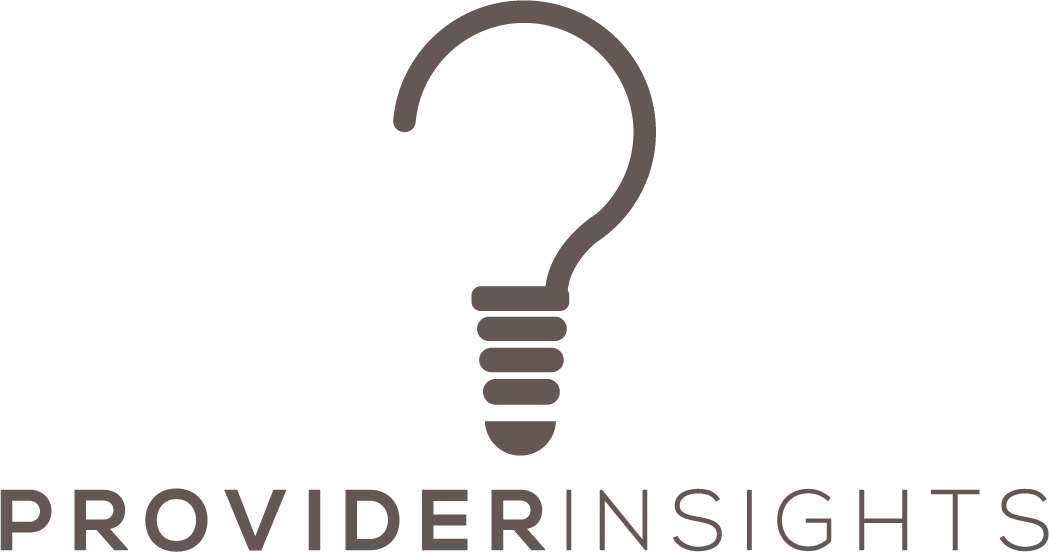To Mask or Not to Mask?
The Least You Need to Know:
CMS and the CDC have provided additional clarifications on masking and the impact to agencies now that the PHE has ended. After three years of the public health emergency providing both flexibilities of waivers and additional measures taken for infection control, including masking, CDC and CMS have provided agencies with some “final guidance”- and promises more to come.
Some major changes and reinforcements include:
BREAKING NEWS
• On 5/31/23, CMS released a final rule to discontinue the mandate for health care providers to be vaccinated for COVID-19. This rule removed the Conditions of Participation for both home health and hospice-- 484.70d and 418.60, and is effective 60 days from publishing. Surveyors have been directed to no longer assess for compliance with these discontinued regulations.
• CMS still urges agencies to encourage and educate on the benefits of COVID-19 vaccinations for both patients and health care personnel.
Source control (masking) is recommended for individuals in healthcare settings who:
• Have suspected or confirmed SARS-CoV-2 infection or other respiratory infection (e.g., those with runny nose, cough, sneeze); or
• Had close contact (patients and visitors) or a higher-risk exposure (HCP) with someone with SARS-CoV-2 infection, for 10 days after their exposure.
Source control is up to the agency, local hospitalization rates, and local regulations.
Even when a facility does not require masking for source control, it should allow individuals to use a mask or respirator based on personal preference, informed by their perceived level of risk for infection based on their recent activities (e.g., attending crowded indoor gatherings with poor ventilation) and their potential for developing severe disease if they are exposed.
Source control options for HCP include:
• A NIOSH Approved® particulate respirator with N95® filters or higher;
• A respirator approved under standards used in other countries that are similar to NIOSH Approved N95 filtering facepiece respirators (Note: These should not be used instead of a NIOSH Approved respirator when respiratory protection is indicated);
• A well-fitting facemask.
Back to “normal” - Implement Universal Use of Personal Protective Equipment for HCP:
If SARS-CoV-2 infection is not suspected in a patient presenting for care (based on symptom and exposure history), HCP should follow Standard Precautions (and Transmission-Based Precautions if required based on the suspected diagnosis). As SARS-CoV-2 transmission in the community increases, the potential for encountering asymptomatic or pre-symptomatic patients with SARS-CoV-2 infection also likely increases.
Additional Updates:
The following information supersedes the previously issued QSO-20-41-ALL-REVISED memo for all certified providers/suppliers. CMS regulations for Emergency Preparedness (EP) require the provider/supplier to conduct exercises to test their EP plan. All providers must conduct either a full-scale exercise or an exercise of choice within its annual cycle for 2023, if scheduled to conduct the full scale exercise within 2023. The provider/supplier must conduct the exercise of choice, if scheduled during the annual cycle for 2023 and resume the full-scale exercise requirement in 2024
Action Steps for Your Agency:
ONE: Assess your agency’s current infection control and source control practices and policies, such as masking.
TWO: Know your local regulations and current hospitalization rates for COVID-19.
THREE: Educate your team regarding the ongoing evolution of the current masking guidance, your agency’s policy, and when source control must be used when COVID positive or known high-risk exposure.
CMS Resource: Guidance for the Expiration of the COVID-19 Public Health Emergency (PHE)
CDC Resource: Interim Infection Prevention and Control Recommendations for Healthcare Personnel During the Coronavirus Disease 2019 (COVID-19) Pandemic
